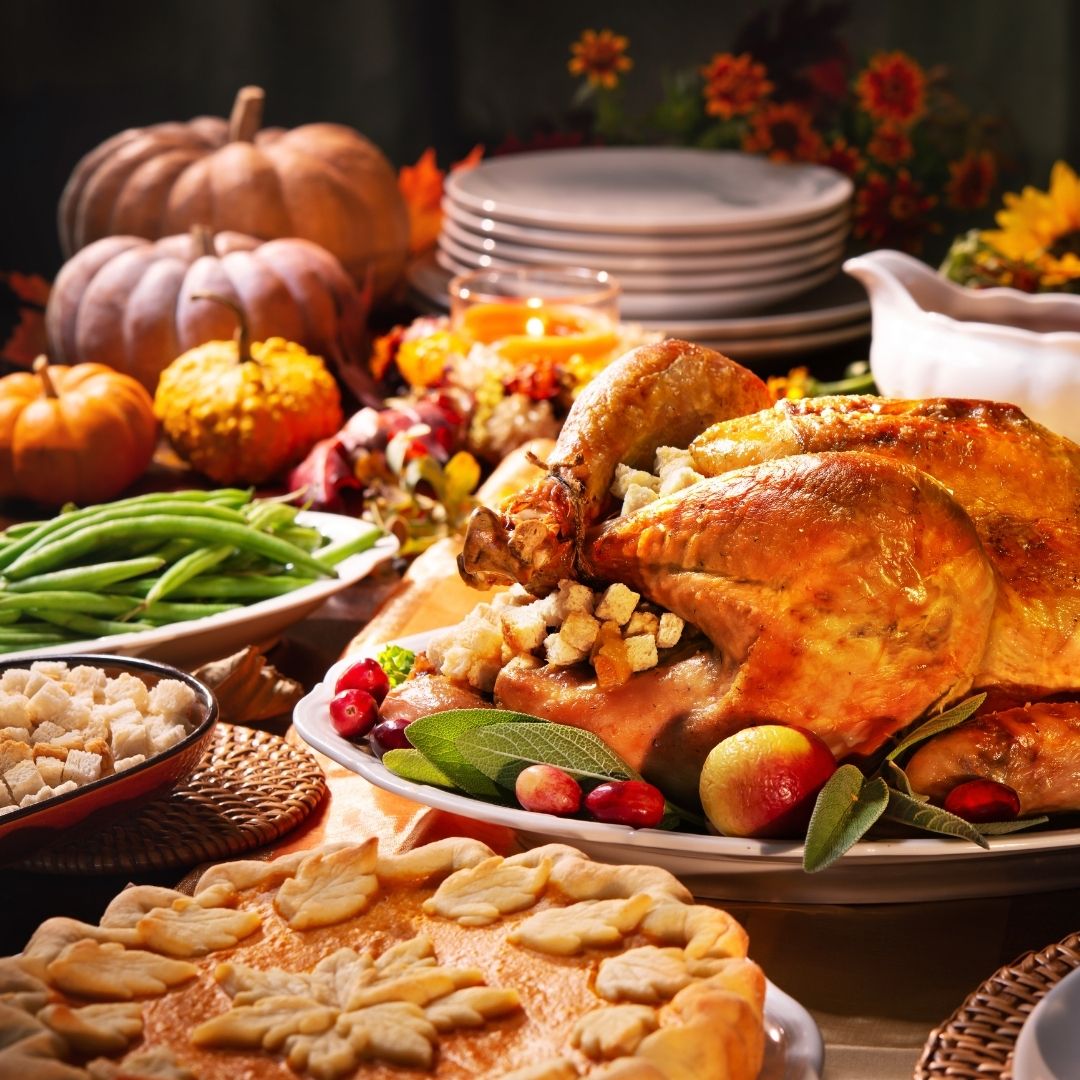Still a culinary mystery to many, the foods of Africa are as diverse. Just like many of its exotic destinations. When you initially think of African cuisine, you don’t necessarily think of the word gourmet. Surprisingly, the most popular foods eaten in Africa today are fruits and vegetables. Spice also playing a critical role in African cooking.

Diversity…Thy Name is Africa
As the oldest inhabited continent on earth, Africa has always been a source of mystery, curiosity, and cultural diversity.
For example, just the number alone of languages spoken on the continent is estimated somewhere between 1,250 – 2,100.
Mind boggling when you apply that simple statistic to the potential variety of African dishes available. Through the centuries, African cuisine has evolved through migratory and nomadic influences and practices with animal husbandry and certain plant cultivation activities dating back to 6,000 B.C.
In the 17th century, Arabs from the northwestern part of the continent were the first to introduce rice and spices that included saffron, cinnamon, ginger and cloves to African cuisine.

5 geographic regions for food
According to the UN Statistics Division, Africa is subdivided into 5 geographic regions.
Each region has its own characteristic food profile with distinct flavors and preferences. And the use of exotic spices permeates throughout all five.
North Africa –
Algeria, Egypt, Libya, Morocco, Sudan, Tunisia, and Western Sahara
Think couscous, olives and olive oil, saffron, nutmeg, cinnamon, ginger and cloves, –tomatoes, zucchini, potatoes and chili peppers- define North African cuisine.
Regional Speciality – Couscous

East Africa –
Burundi, Comoros, Djibouti, Ethiopia, Eritrea, Kenya, Madagascar, Malawi, Mauritius, Mozambique, Réunion, Rwanda, Seychelles, Somalia, Somaliland, Tanzania, Uganda, Zambia, and Zimbabwe
Primary food source is grains and vegetables; you will find ugali –a starchy corn based paste similar to polenta- served with soups and stews everywhere. Arab influences, particularly at the coast, exist in their use of saffron, cloves and cinnamon, or their preference for spiced steamed rice and pomegranate juice. The Portugues and Spanish influence brought oranges, lemon, limes, chili peppers, corn, tomatoes, pineapple, and pork meat during the colonization period. And the British and Indian settlers introduced curries, lentil dishes, chapattis and pickles to the region.

Central Africa –
Angola, Cameroon, Central African Republic, Chad, Congo Republic – Brazzaville, Democratic Republic of Congo, Equatorial Guinea, Gabon, and São Tomé & Principe
Land locked and remote, Central Africa has remained quite true to its traditional food, with limited exposure to external influences until the 19th century. Their current staple food crops of peanuts, chili peppers, and cassava were introduced by the New World. Plantain and cassava are the main ingredients in the diet. Animals in the forest provide for their meat selections which may include crocodile, monkey, antelope, warthog, as well as beef and chicken.
West Africa –
Benin, Burkina Faso, Cape Verde, Côte D’Ivoire, Gambia, Ghana, Guinea, Guinea-Bissau, Liberia, Mali, Mauritania, Niger, Nigeria, Saint Helena, Senegal, Sierra Leone, and Togo
A typical West African meal is usually loaded with starchy foods such as Fufu, very light on the meat, and well dipped in fat. West Africans love hot spices -including chili peppers, a western influence, and grains of paradise, or Guinea pepper, their own native hot seasoning. Thanks to trade with the Arab countries, the use of cinnamon, cloves and mint is also incorporated in their cooking. Seafood is a popular staple and is usually mixed liberally with meat, usually chicken. Goat meat is the dominant red meat.













Southern Africa –
Botswana, Lesotho, Namibia, South Africa, and Swaziland
Southern African cuisine reflects the influences of European colonial imperialism at its height. European contributions from Portuguese, Dutch, British settlers as well as from Malay and Indian cultures provide a broad, multi-cultural backdrop for the diverse cuisine meat, seafood, fruit and vegetable selections of southern Africa.
Regional Speciality – Bunny Chow
African food influences have already hit our shores beginning with the American slave trade in 1619.

As a matter of fact, many American culinary favorites are credited with African ancestry, for example:
- Jambalaya,
- Coca cola,
- Watermelon,
- Black eye peas,
- Okra
- Rice pudding
As you can see, African cuisine has a long history, is truly diverse and has the competitive chops to compete with any other cuisine on the planet.
For years, we’ve already glamourize Africa as the deep, dark, mysterious, exotic continent.
Now it’s time to pull back the curtain and shine the light on the diversity and richness of her cuisine as well.
http://pacifistnewspaper.com/materias/culinaria-22/materia-2385
https://www.ohioswallow.com/extras/9780896802728_intro.pdf
https://world-food-and-wine.com/food-in-africa




